A comprehensive analysis of the cell-specific molecular regulatory mechanisms underlying post-traumatic stress disorder in the human prefrontal cortex.
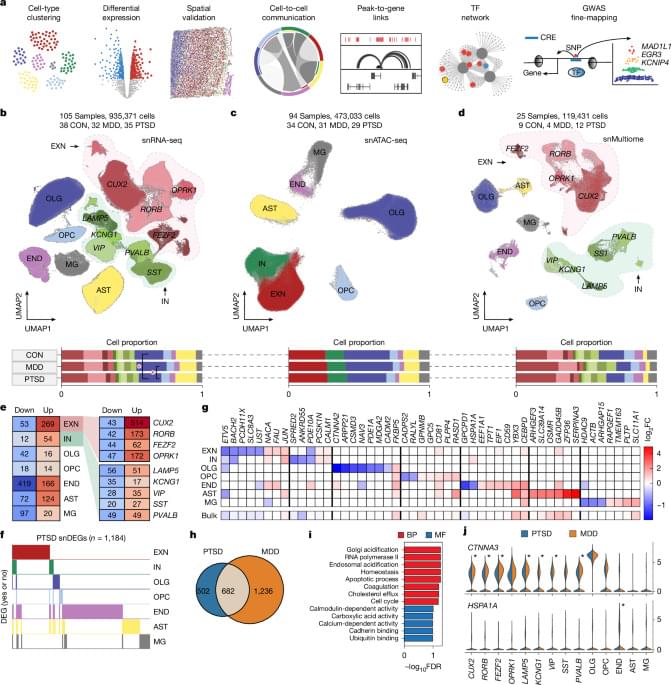

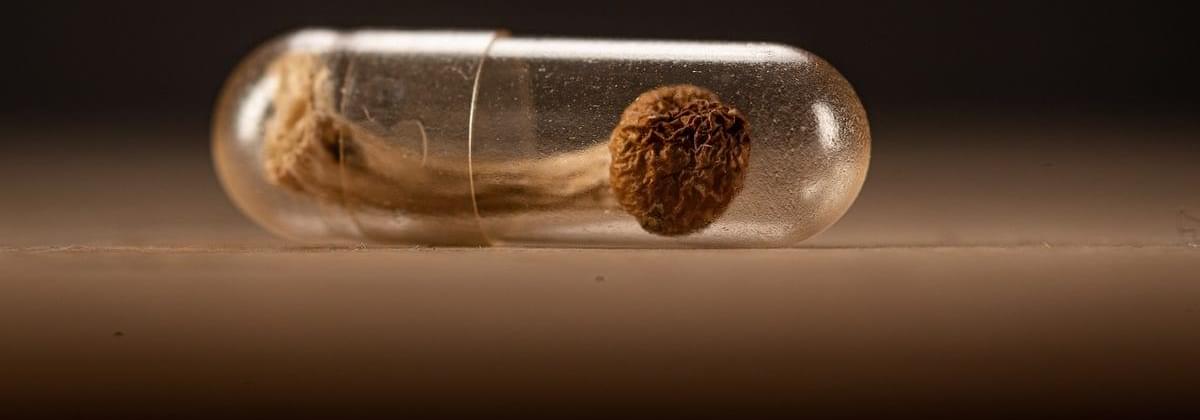

Macquarie University researchers have discovered a naturally occurring protein found in human cells plays a powerful role in repairing damaged DNA — the molecule that carries the genetic instructions for building and maintaining living things.
The discovery, published in the journal Ageing Cell, could hold the key to developing therapies for devastating age-related diseases such as motor neuron disease (MND), Alzheimer’s disease, and Parkinson’s disease.
Hope: Dr Sina Shadfar, pictured, and colleagues discovered a protein which they have shown for the first time acts like a ‘glue’, helping to repair broken DNA, which is widely accepted as one of the main contributors to ageing and the progression of age-related diseases.
The research, conducted by neurobiologist Dr Sina Shadfar and colleagues in the Motor Neuron Disease Research Centre, reveals a protein called protein disulphide isomerase (PDI) helps repair serious deoxyribonucleic acid (DNA) damage. This breakthrough opens new possibilities for therapies aimed at boosting the body’s ability to fix its own DNA — a process that becomes less efficient as we age.
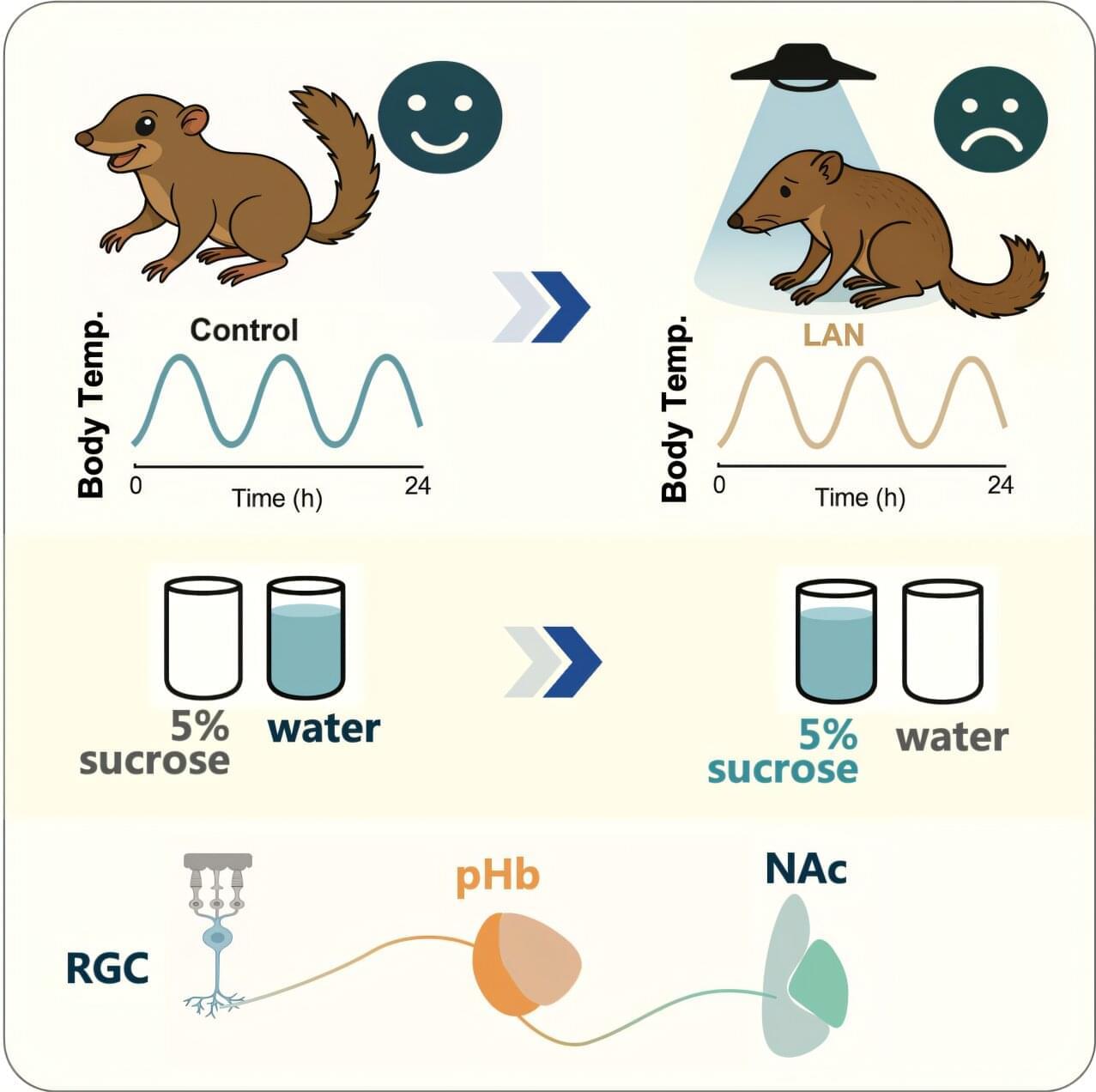
A new study published in Proceedings of the National Academy of Sciences reveals that chronic exposure to artificial light at night (LAN) can trigger depression-like behaviors by activating a specific neural pathway in the brain.
The study, conducted on tree shrews—diurnal mammals genetically close to primates that are active during the day like humans—offers critical insights into how nighttime light may disrupt mood regulation, potentially affecting human mental health in increasingly illuminated urban environments.
The research team, led by Prof. Xue Tian from the University of Science and Technology of China (USTC), Prof. Yao Yonggang of the Kunming Institute of Zoology of the Chinese Academy of Sciences (CAS), and Prof. Zhao Huan of Hefei University, exposed tree shrews to blue light (comparable to bright indoor lighting) for two hours each night for three weeks.
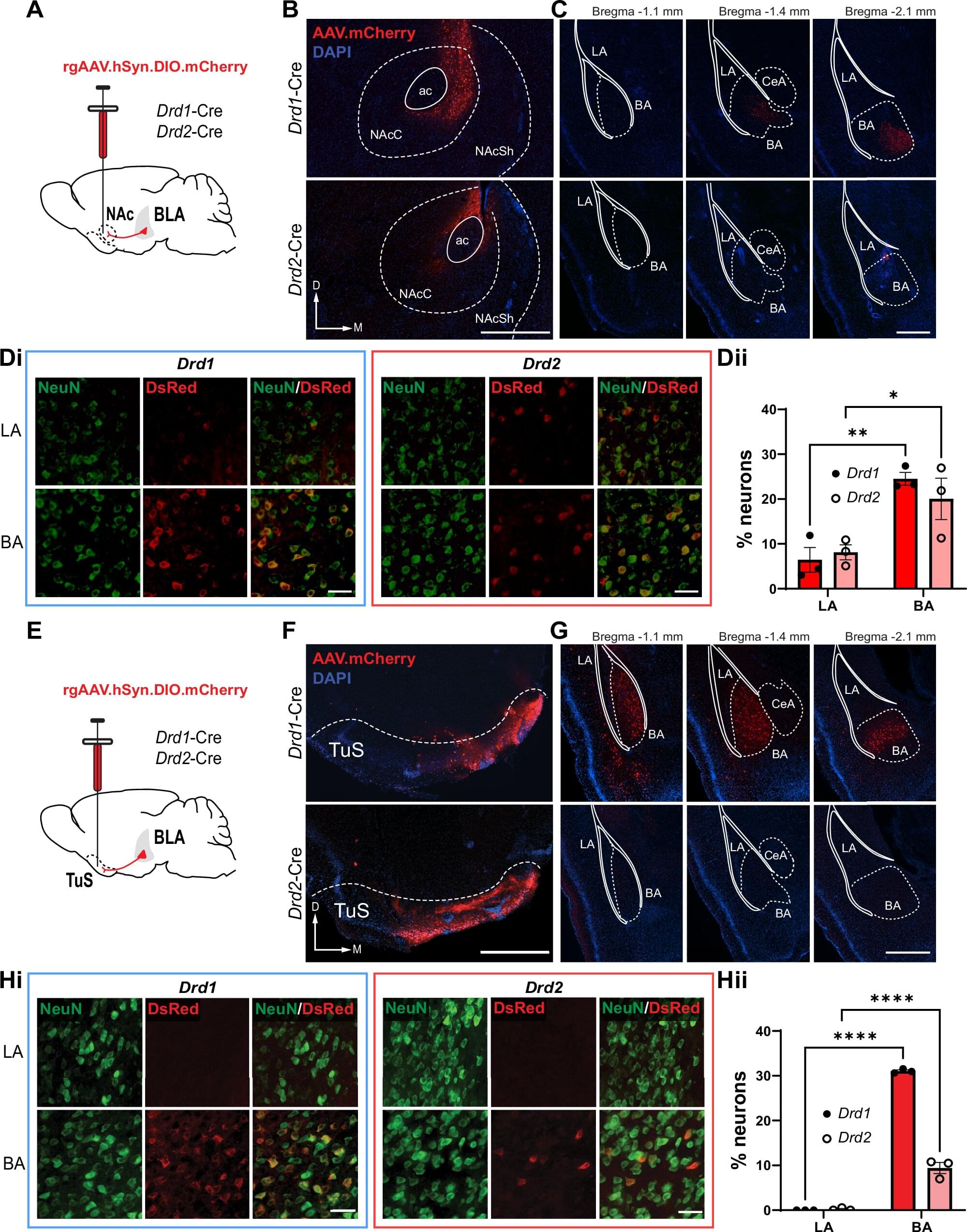
You wouldn’t microwave fish around your worst enemy—the smell lingers both in kitchen and memory. It is one few of us like, let alone have positive associations with. But what makes our brains decide a smell is stinky?
A new study from UF Health researchers reveals the mechanisms behind how your brain decides you dislike—even loathe—a smell. The findings are published in the journal Molecular Psychiatry.
Or as first author and graduate research fellow Sarah Sniffen puts it: How do odors come to acquire some sort of emotional charge?
ALS is a cruel disease. It robs the body of its ability to control itself—the ability to move, the ability to communicate. While there are currently no effective treatments to reverse its debilitating symptoms, Allen Institute researchers have opened a window of hope.
For the first time ever, scientists have developed a precise genetic toolkit that can target the exact nerve cells destroyed by the disease and potentially deliver therapies where they are needed most—a discovery that could dramatically speed up the quest for a cure. The findings were recently published in the journal Cell Reports.
Amyotrophic lateral sclerosis (ALS) is a progressive and devastating disease that gradually kills off motor neurons in the brain and spinal cord that control voluntary muscle movement. As these neurons die, people with ALS lose the ability to move, speak, and eventually breathe. Despite decades of research, there’s still no effective treatment or cure. Unlike many other brain cells, motor neurons in the spinal cord have been extremely hard to reach with genetic tools. This has slowed down research and made it hard to test new treatments in the cells that matter most.
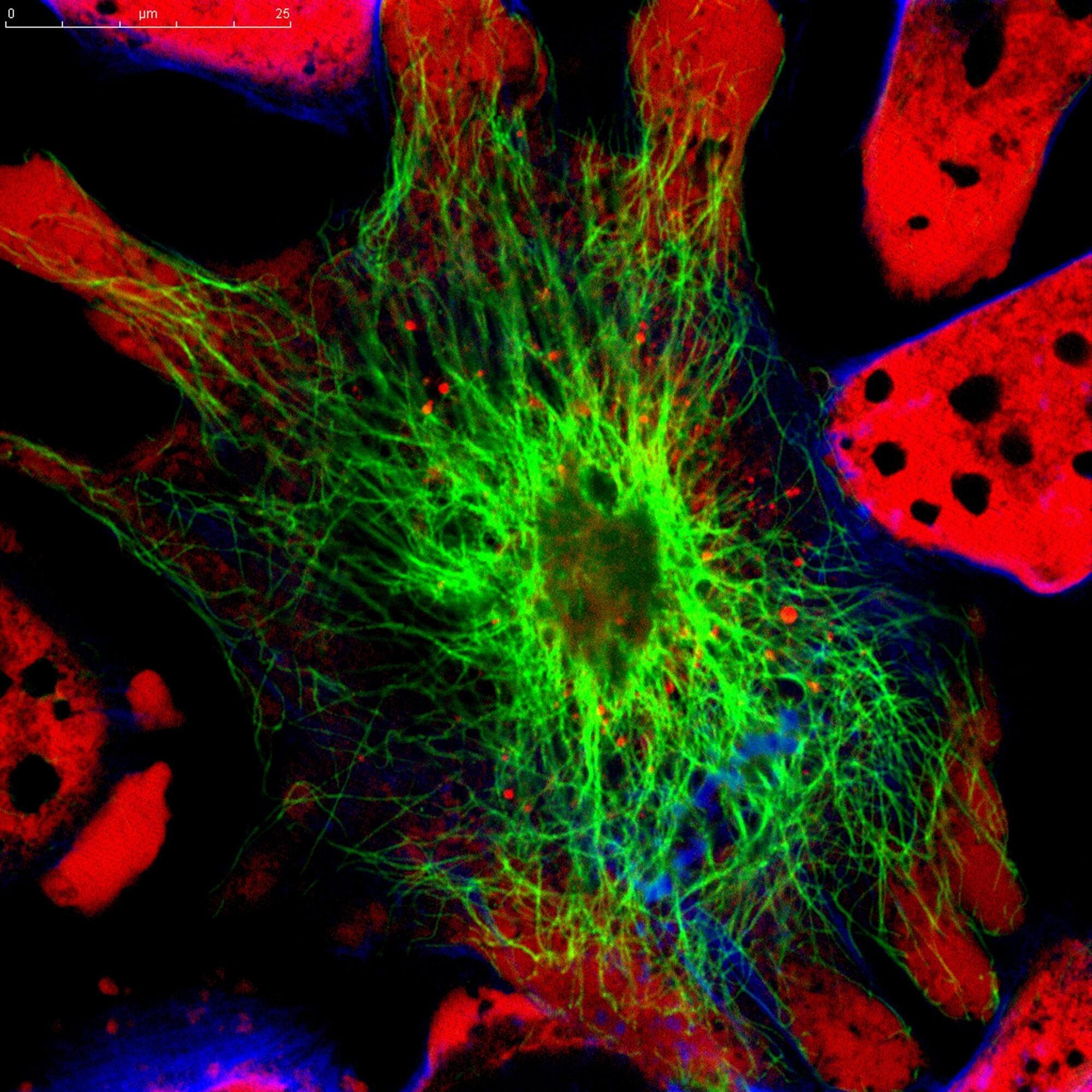
Neuroblastoma, a pediatric cancer of the nervous system, remains the leading cause of cancer-related death in young children, particularly when the disease has spread. Despite aggressive treatment regimens that include surgery, radiation, chemotherapy, and immunotherapy, metastatic neuroblastoma often proves incurable, largely because the cancer can evade or resist standard therapies.
One approach, known as differentiation therapy, attempts to coax immature neuroblastoma cells into developing into mature, noncancerous nerve cells. But current differentiation treatments, such as retinoic acid (RA), are only partially effective: many patients fail to respond, and nearly half of those who do eventually relapse due to resistance.
Now, researchers at Karolinska Institutet and Lund University in Sweden have identified an alternative approach—targeting the antioxidant enzymes PRDX6 and GSTP1—that may sidestep the limitations of RA. The study, “Combined targeting of PRDX6 and GSTP1 as a potential differentiation strategy for neuroblastoma treatment,” published in Proceedings of the National Academy of Sciences, shows that dual inhibition of these enzymes not only kills some neuroblastoma cells but also transforms others into healthy, active neurons.

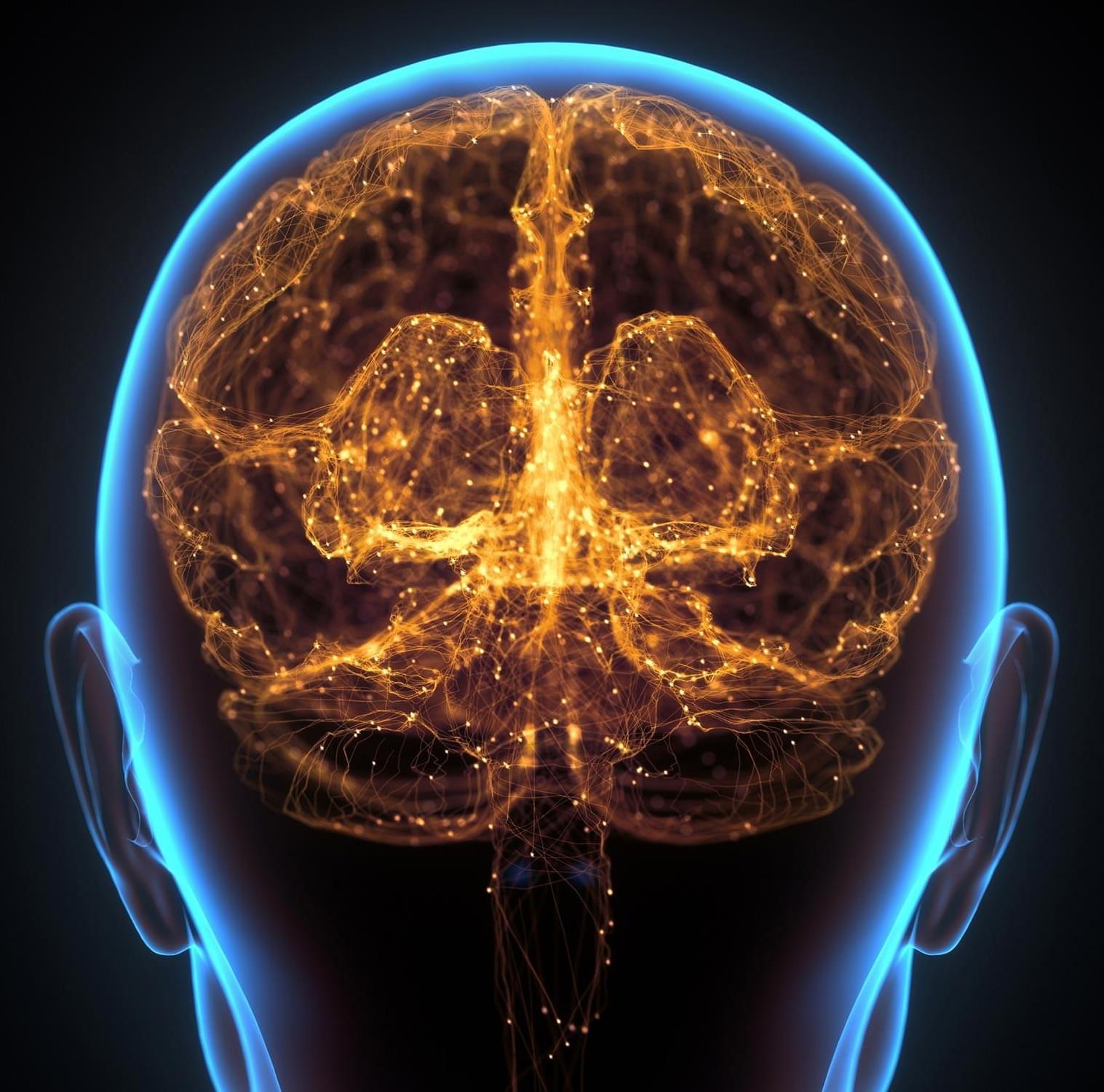
Working long hours may actually change the structure of your brain, according to new research published in Occupational & Environmental Medicine. The study points to alterations in key brain areas responsible for emotional regulation and executive functions like working memory and problem solving.
Researchers believe that chronic overwork could trigger neuroadaptive changes, which might have lasting effects on both cognitive performance and emotional well-being.
The dangers of working too much extend beyond burnout. Long hours have already been linked to higher risks of heart disease, metabolic disorders, and mental health problems. The International Labour Organisation (ILO) reports that overwork contributes to more than 800,000 deaths worldwide each year.
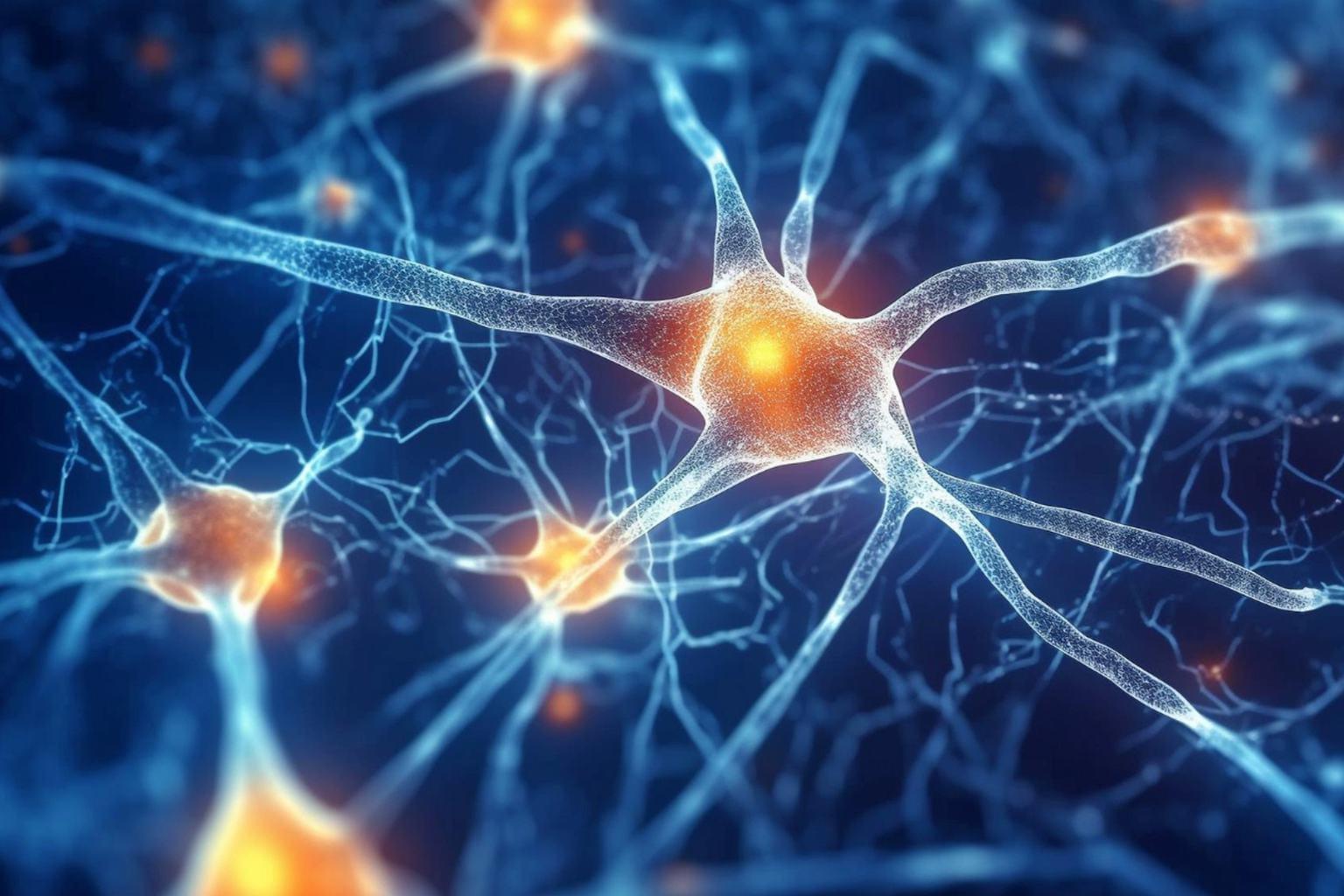
Neuroscientists have uncovered a fascinating piece of the puzzle behind what makes us truly intelligent. While machines excel at repetitive tasks, humans and animals amaze with their ability to adapt, imagine, and generalize. What in the brain allows for this flexible thinking? A recent study in mice gives us clues by identifying specific brain cells responsible for tracking progress in complex behaviors—not just physical locations.
For decades, it has been known that certain brain cells, like place cells and grid cells, help animals navigate physical space. These cells create mental maps of the environment, guiding an animal or person through streets, rooms, or mazes. But what about navigating through a sequence of actions, such as cooking a new recipe or solving a fresh problem?
Researchers trained mice to perform a task in which they moved through a series of four goal locations to receive water rewards. The order of goals repeated in a loop, but to challenge them, the locations were moved. The mice instantly adjusted, understanding the sequence even in completely new situations. This wasn’t memory playing tricks; the mice were generalizing the structure of the task.